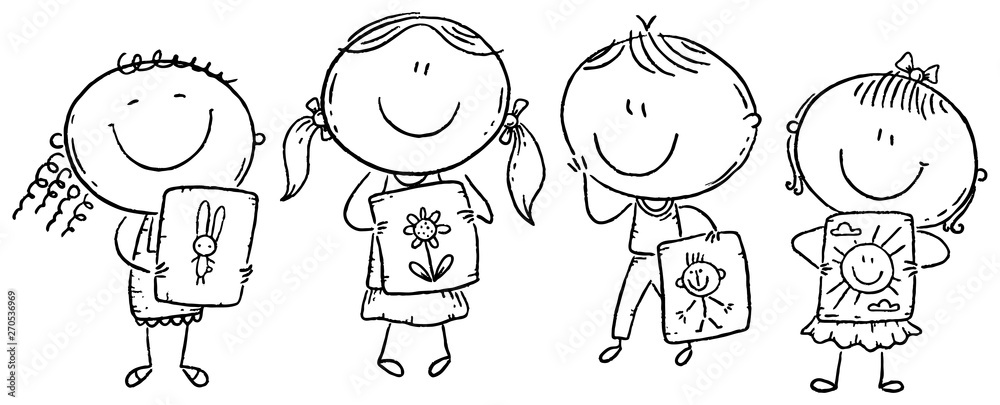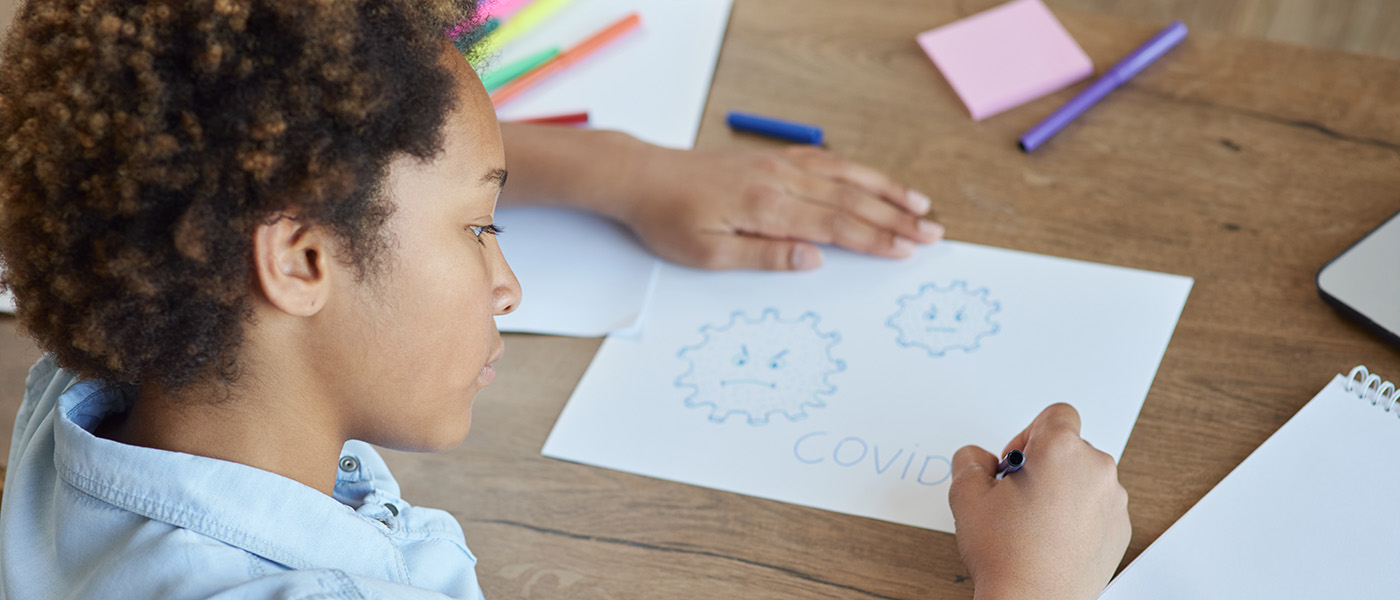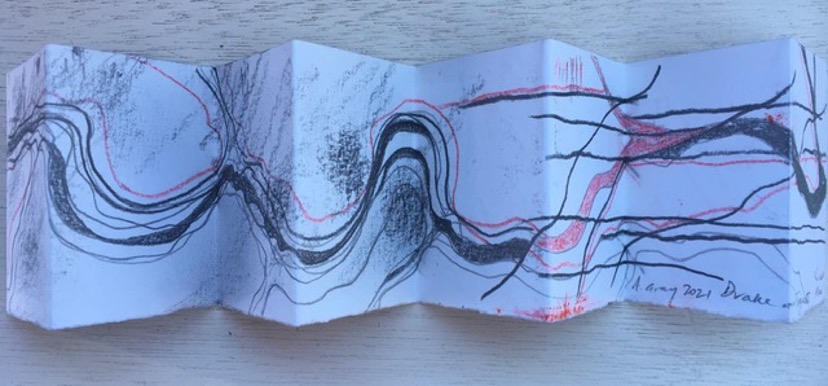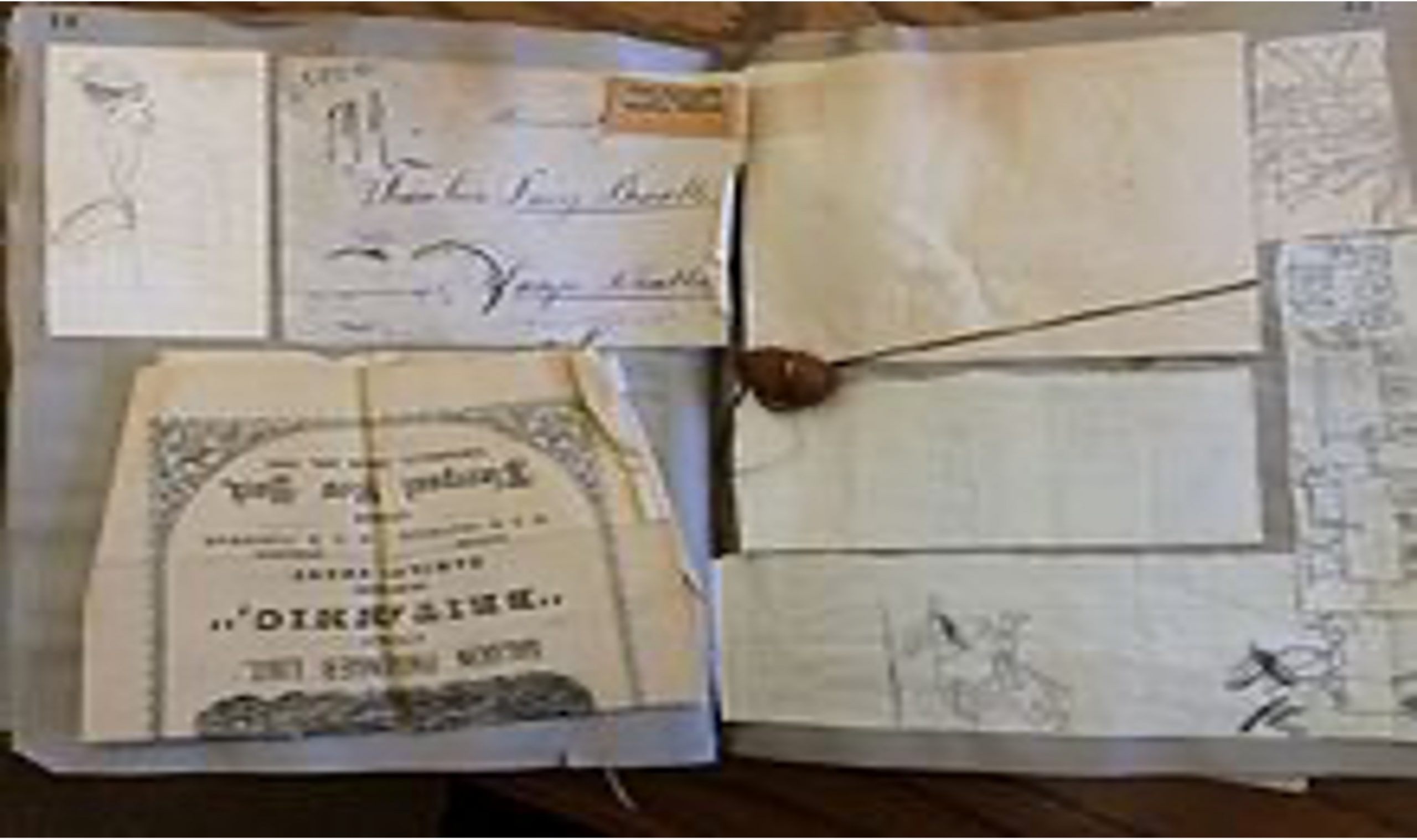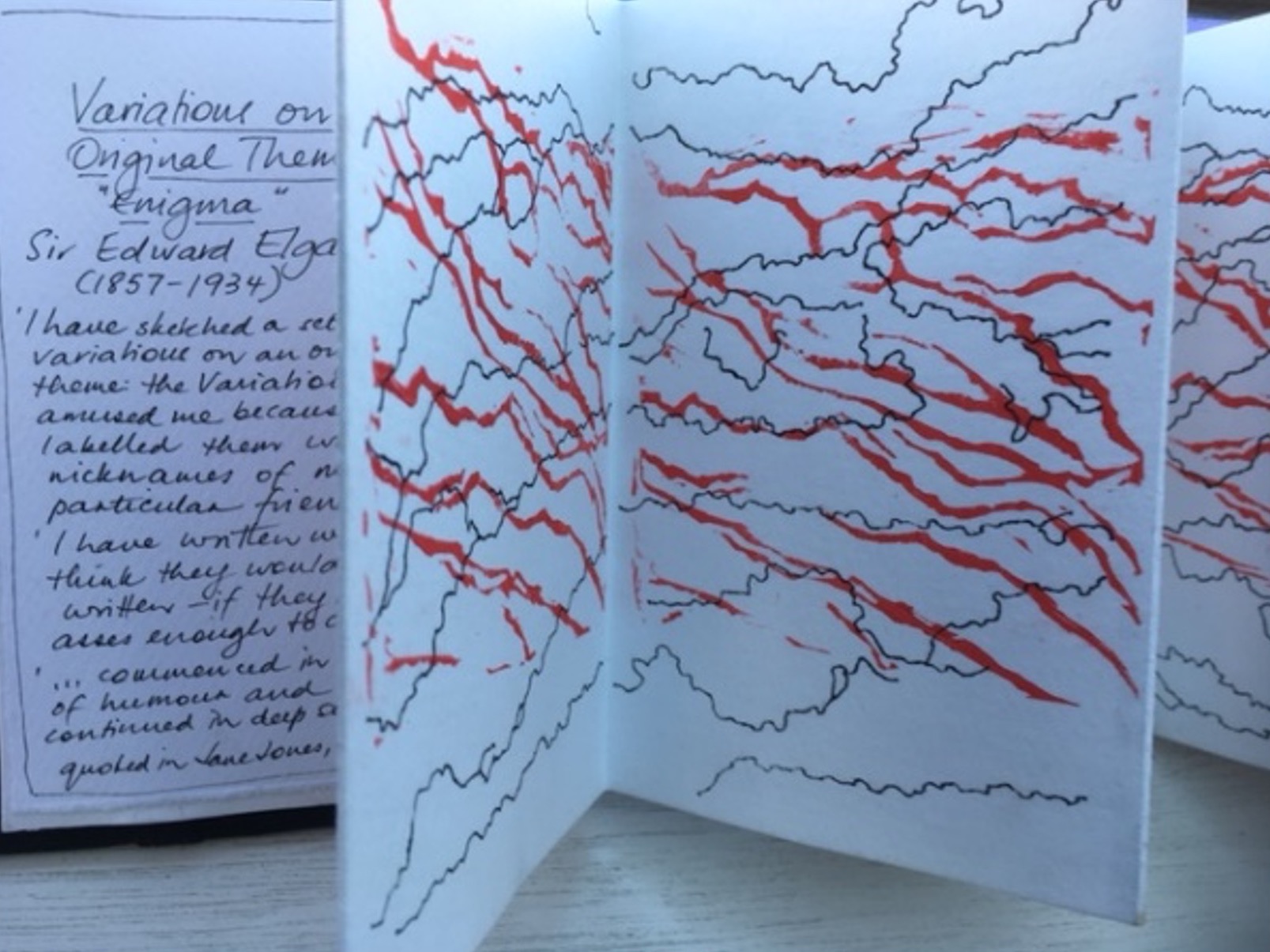Australia publishes more children’s books per head of population than any other country. That’s something to be proud of, it’s something to celebrate, as we do every year in our classrooms, and with the Annual CBCA Book Week and book awards.
Congratulations to all CBCA 2021 winners, and to honour book and shortlisted authors and illustrators. Winning books for 2021 are here. The CBCA August Newsletter has all the information you could want about these talented creators.
PETAA has just published their ‘Teaching Poetry for Pleasure and Purpose’ by Sally Murphy. Excellent background which secures our understandings, combined with great ideas and poems organised into Grades, all supported with print and PETAA’s online resources.
Red Room Poetry Month continues till 31 August. Use their website for ideas.
Making our own books
Making a book is a way for students to demonstrate their learning and as part of the summative assessment process, applying learned knowledge and skills. A made book can also be used to demonstrate progress; it can be a record of observations and activities, and to share narratives.
I am suggesting that we look at hand made books as an activity students can undertake as part of their learning, and part of recording their own lives, particularly in the current context.
You can provide a precise context, purpose and audience. These will determine some of the elements that the students will use as they prepare their books; for example:
‘We have been exploring humorous limericks by Edward Lear. Create a series of descriptions of three characters from a book you have been reading. Put each on a new page of a concertina book. Use the limerick structure to create a word picture, and include a line illustration for each. Test it with your family.
Starting out
1. Fold a sheet of paper into a concertina. Fold paper one way then the other. This gives a front and a back. Join sheets to make more pages. Concertina fold books can be made longer by joining strips, or connecting individual pages.
2. Fold a piece of paper in half one way, then turn 90° and fold again. This gives four sides, and can be reversed by folding inside out, to give 8 sides.
3. Make a book from a single sheet of paper – one cut, a little more complex. See video
IDEAS
- Make a concertina book with 4 pages. On one side, draw a picture/write about your family during lockdown. On the other, draw and write about your family and what you usually do. Title: ‘My Family’. On the back cover, compare – how are things the same, and how are they different for your family.
- Poetry anthology – Students create their own collection of poems (anthology) and build on this concertina book as they find new ones.
- Word book – collect words around particular ideas, use clever lettering and illustrations. Action words, moody words, sky words, round words. Draw pictures to illustrate, put them into shapes, or situate them on a cline.
- Series of self-portraits – me in the morning, me at recess, me reading a book, me grumpy, me happy, me climbing my favourite tree, me eating pizza, etc. Use text and images.
- Explore different papers – textures, quality, weight, colours, patterns; tissue, brown paper, wrapping paper, print-making.
- Encourage writing, drawing, scratching, rubbing (frottage), tearing, using paint, watercolours, felt tipped pens, glitter pens, etc., Add text, pictures from catalogues and brochures, coloured paper, feathers, pieces of tissue, fabric, ribbons, etc.
- Stage 3: Write a critique of working at home. Introduce students to the Feldman model (developed for art criticism):
- Step 1 – Day 1: Description –Describe the layout of the workspace, equipment; what can you see, hear, smell, taste; what textures are there in working from home? Put observations onto several pages in a concertina book.
- Step 2 – Day 2: Analysis – Extend the first book, or start another. Look deeply at the details – how the day is constructed, who does the planning, what similarities to normal school days are there, high points of the day, how do people work together?
- Step 3 – Day 3: Interpretation – What is your opinion of the process? Is this working for you and your family? Why/why not? Which part works best? What connections can you make with stories, other people’s lives? As above.
- Step 4 – Day 4: Judgement – Your own opinion of working from home. What makes it successful, what other ideas might you have about the process of working at home in lockdown? Would you recommend it?
- Extend bookmaking with more complicated folding and cutting – ‘snowflakes’, silhouettes, origami – ‘Sadako and the Thousand Paper Cranes’ (Eleanor Coerr) is in every school library; there are various You Tube videos, a 30 min. movie narrated by Liv Ullman, and a 5-minute narrated series of illustrations. (Video of how to make a paper crane – paper folding that could be incorporated into a book). Explore the many units of work built around this powerful story.
Scrapbooking
This is a traditional form of creating an album of family photographs and knowledge. See here.
Digital scrapbooking is an alternative. Popular, and now associated with commercial products. This defeats the idea of the product being representative of a life, so avoid these; use what is around.
A page from a Smith College student’s scrapbook circa 1906. This page uses drawings, ephemera, and physical objects to represent a day in the life of the student. (Wikipedia accessed 21/8/2021)
Resources
- Make simple paper popups and turn them into a book You Tube video here. Select the sections you want students to watch. Students will need pieces of slightly heavy card (about A5), good scissors, and wood glue.
- Facebook posting is an idea for creating a book demonstrating the illusion of movement using early photographs by Edweard Muybridge in 1877; this demonstration of stick figures uses sticky note pads.
- Examples of how several British artists create books.
- Fold a book from one piece of paper Video
